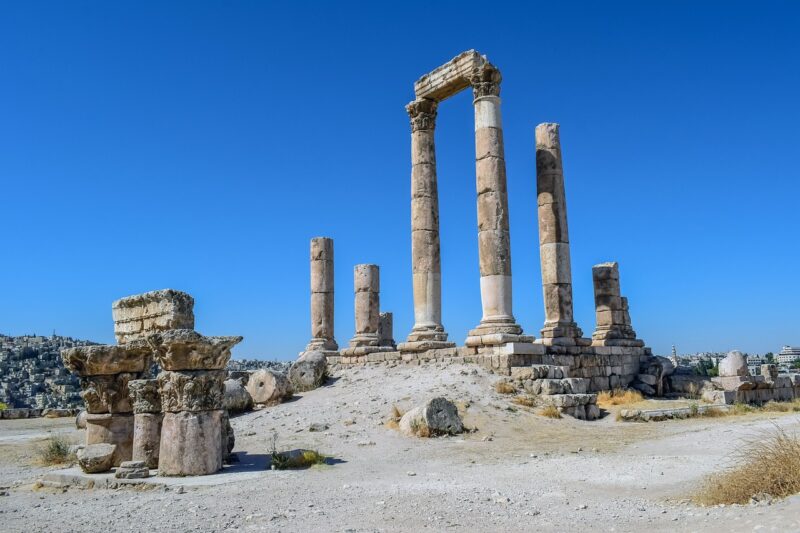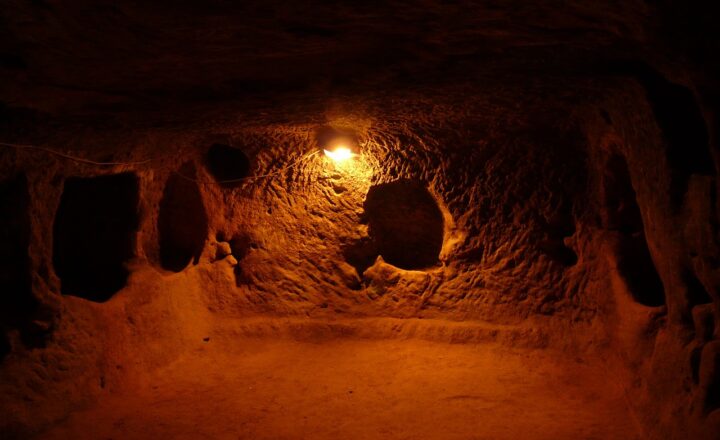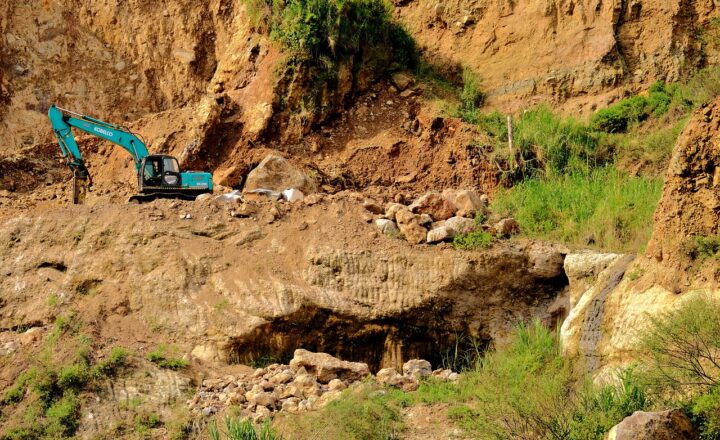
Throughout history, civilizations have risen to prominence, only to mysteriously vanish, leaving behind little more than ruins and the questions that haunt archaeologists. Today, we delve into some of these enigmatic cultures—examining their histories, their achievements, and the potential reasons behind their disappearance. This journey not only highlights the fragility of human civilization but also explores the lessons we can learn from those who came before us.
1. The Indus Valley Civilization: A Sophisticated Society
The Indus Valley Civilization (IVC), flourishing from approximately 3300 to 1300 BCE in what is now Pakistan and northwest India, is one of the earliest urban cultures. Notable cities like Harappa and Mohenjo-Daro showcased advanced urban planning, drainage systems, and even public baths. Despite their technological and cultural advancements, by around 1900 BCE, the civilization began to decline rapidly, ultimately leading to its mysterious disappearance.
Several theories have been proposed about the downfall of the IVC:
- Climate Change: Evidence suggests that significant climatic shifts may have decreased the monsoon rains that were vital for agriculture, causing food shortages and leading to societal collapse.
- Invasion and Conflict: While stark evidence of invasion remains scant, some hypothesize that invaders or competing tribes might have disrupted the civilization. The entrance of the Indo-Aryans around this period is sometimes linked to this theory.
- Economic Decline: As trade routes changed and possibly diminished, the economic foundation of the IVC could have crumbled, leaving cities abandoned.
The mystery surrounding the disappearance of the Indus Valley Civilization continues to intrigue and puzzle historians and archaeologists alike.
2. The Maya: Advanced but Vulnerable
The Maya civilization, which thrived in Central America from around 2000 BCE to 1500 CE, is well known for its remarkable achievements in astronomy, mathematics, and architecture. Cities such as Tikal and Palenque became urban centers of culture and trade. However, the Maya civilization witnessed a significant decline, particularly during the Terminal Classic period (around 800 to 900 CE).
Several factors might have contributed to this decline, including:
- Environmental Degradation: Intensive agricultural practices may have led to deforestation and soil depletion, ultimately reducing agricultural productivity and threatening food security.
- Warfare and Invasions: Increased competition for resources might have resulted in widespread conflict among rival city-states, leading to instability and collapse in the region.
- Drought and Climate Change: Climate studies suggest that severe droughts occurred during this period, exacerbating the pressures on resources and causing further distress to the already beleaguered civilization.
While some areas of the Maya civilization continued to thrive after the collapse, the grand cities that once symbolized their culture lay dormant and overgrown.
3. The Chaco Culture: An Intricate Yet Isolated Society
The Chaco Culture, centered in what is now the American Southwest between AD 900 and 1150, was characterized by sophisticated architectural achievements, including large stone structures known as pueblos and road systems that linked various communities. The collapse of this civilization remains a contentious topic among scholars.
Potential factors for its decline include:
- Climate Variability: Evidence of droughts in the region during the 12th century may have disrupted agriculture and led to resource scarcity, causing communities to abandon their settlements.
- Social Displacement: Increasing competition for dwindling resources could have led to social unrest and migration as people sought more fertile lands.
- Cultural Shifts: Changes in religious or social practices may have fostered an environment where earlier complex societal structures became untenable, prompting a shift towards simplified lifestyles.
The ruins of Chaco Canyon remain a UNESCO World Heritage site, a testament to the greatness of a culture that ultimately fell into obscurity.
4. The Ancestral Puebloans: Mysteries in the Desert
The Ancestral Puebloans, also known as the Anasazi, inhabited the Four Corners region of the United States for centuries, building remarkable cliff dwellings and pueblo structures between 700 and 1300 CE. Much like the Chaco Culture, their decline and eventual abandonment of these structures remain shrouded in mystery.
Several theories surrounding their disappearance include:
- Extended Droughts: Climatic analysis points to prolonged periods of drought that could have devastated agricultural practices, leading to famine and migration into other regions.
- Conflict and Warfare: Increasing competition for resources might have led to violence between neighboring groups, forcing communities to disperse.
- Environmental Adaptation Failure: The struggle to adapt to changing environmental conditions may have rendered their traditional lifestyle unsustainable, prompting a mass exodus.
Despite the absence of clear evidence of their exact fate, the remnants of their dwellings offer a glimpse into their rich cultural heritage.
5. The Norse Greenland Settlements: A Disappearing Act
The Norse settlements in Greenland established around 986 CE by Erik the Red are famous for their unique saga, characterized by their attempts to adapt to a precarious environment. By the 15th century, these settlements had disappeared, leaving historians puzzled about their fate.
Several hypotheses have been proposed, including:
- Economic Shift and Isolation: The Norse may have faced declining trade ties with Europe, reducing the resources necessary for sustaining their communities, while isolation from the mainland prevented replenishment.
- Climate Change: The onset of the Little Ice Age led to colder temperatures, making farming and hunting more challenging, ultimately driving populations away.
- Cultural Adaptation Failure: Unlike the indigenous Inuit populations, who were better suited for the harsh Arctic environment, the Norse might have struggled to adapt, leading to their decline.
While archaeological efforts continue to yield insights, the fate of the Norse Greenland settlers remains a testament to the challenges inherent in remote living.
Conclusion: Lessons from the Past
The disappearance of these lost civilizations serves as stark reminders of the fragility of human achievement and the complexity of environmental, social, and economic interdependencies. While we may never fully understand the circumstances surrounding their vanishings, the study of these civilizations teaches us the importance of sustainability, resource management, and adaptability in the face of change.
In an era marked by rapid technological advancement and climate change, we must heed the lessons that history has to offer. By learning from those who came before us, we can build a more resilient future and strive to avoid the patterns that led others to their demise.
Thus, as we delve into the annals of history, let us remember these lost civilizations and seek to preserve and sustain our own, ensuring that we do not also seem to vanish without a trace in the sands of time.






